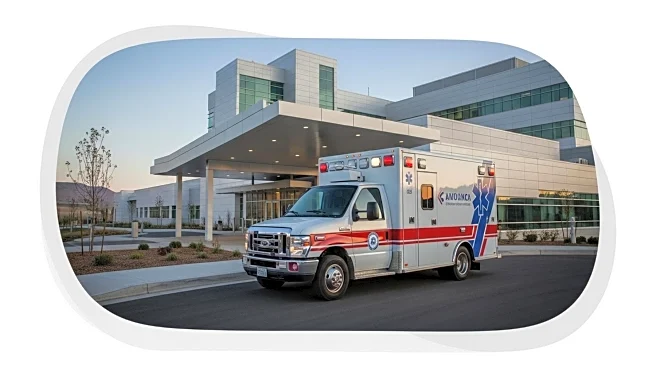What's Happening?
Fragmented communication systems in U.S. hospitals are posing significant threats to patient safety and operational efficiency. According to Saurin Shah, Chief Product Officer at TigerConnect, inefficiencies in communication due to outdated and disjointed technology systems are costing hospitals approximately $78 billion annually. These systems, which include pagers, phones, messaging apps, and electronic health records (EHRs), create barriers to seamless information exchange, leading to delays in patient care and increased risks of errors. The complexity and over-reliance on these systems result in hidden expenses, staff burnout, and compromised patient safety. Hospitals often manage multiple communication tools, which complicates workflows and increases the potential for mistakes. The financial and operational ramifications of EHR downtimes are particularly significant, costing hospitals an average of $7,900 per minute and impacting patient trust and organizational reputation.
Why It's Important?
The inefficiencies in hospital communication systems have far-reaching implications for the U.S. healthcare industry. The financial burden of fragmented communication not only strains hospital budgets but also affects patient outcomes and staff well-being. With burnout rates among healthcare professionals reaching alarming levels, the need for streamlined communication is critical to retaining qualified staff and ensuring high-quality patient care. The adoption of unified communication systems could significantly reduce patient safety incidents and improve care coordination. As the demand for coordinated care increases, the market for communication tools in healthcare is projected to grow, highlighting the importance of investing in interoperable solutions that enhance operational efficiency and patient safety.
What's Next?
Hospitals and healthcare systems are encouraged to prioritize the integration of unified communication platforms to address the challenges posed by fragmented systems. The shift towards cloud-native platforms offers advantages in scalability, flexibility, and cost-effectiveness, ensuring uninterrupted collaboration during outages. As the healthcare industry moves towards more cohesive communication solutions, the focus will be on minimizing administrative challenges, safeguarding patient information, and improving care metrics. The era of patchwork fixes is ending, and the adoption of intelligent communication systems is essential for the future of healthcare.
Beyond the Headlines
The ethical and cultural dimensions of communication inefficiencies in healthcare are significant. The reliance on outdated systems not only jeopardizes patient safety but also affects the trust and satisfaction of patients and healthcare providers. Addressing these inefficiencies is crucial for maintaining the integrity and reputation of healthcare organizations. The move towards unified communication systems represents a cultural shift in healthcare, emphasizing the importance of collaboration and coordination in delivering patient-centered care.










